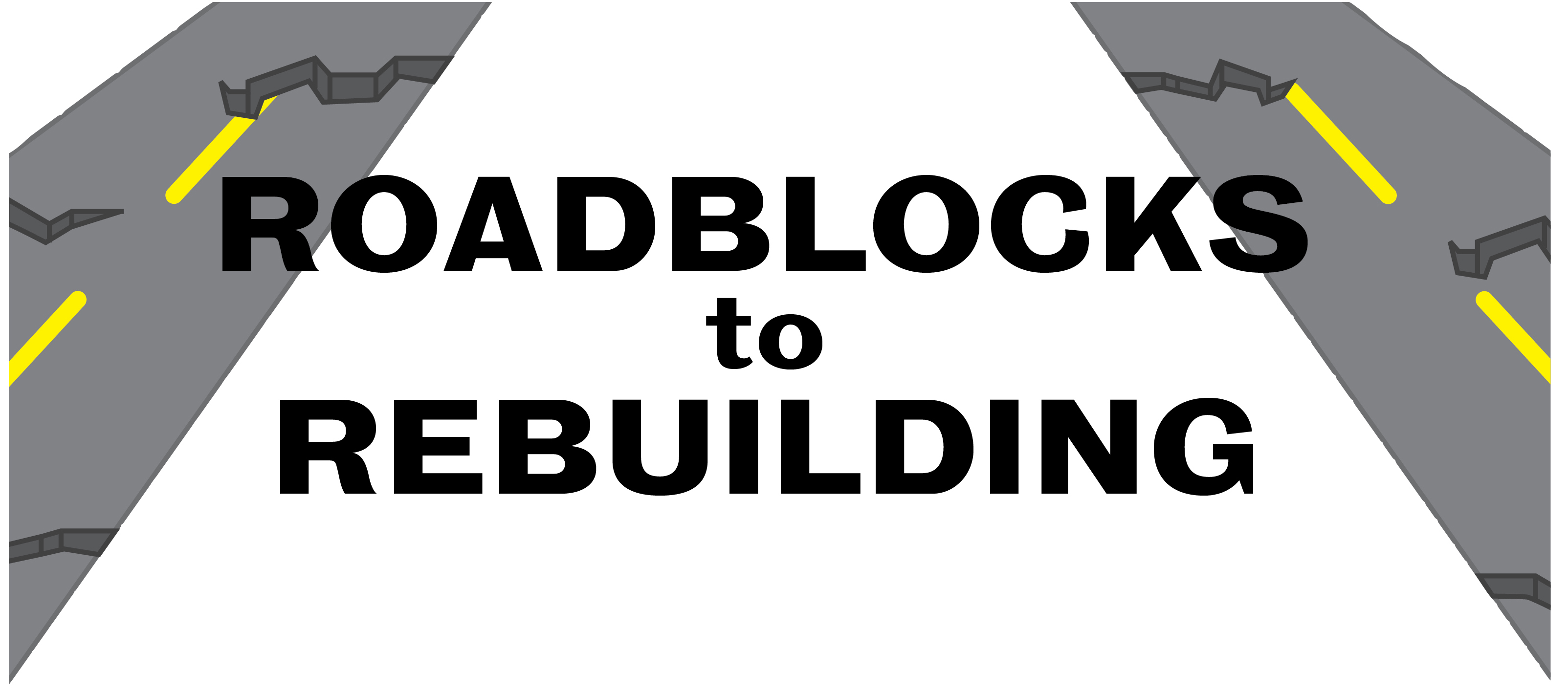
Editor’s note: The original version of this article contained an error and was unclear. Los Angeles County is funding the widening of the 405 and the subway line along Wilshire Boulevard. Also, Measure R and Measure J are Los Angeles County measures. Because of these errors, the argument of this column is no longer valid. The article failed to differentiate between county and city transportation projects and measures.
Rarely do campaign smear tactics reveal anything substantive about what goes on in one’s neighborhood.
That probably explains my surprised reaction when, on Oct. 2, the conservative Drudge Report made an issue of 2007 video footage in which then-presidential candidate Barack Obama criticized “build(ing) more highways out in the suburbs” and said that we need “federal public transportation dollars flowing to the highest-need communities.”
Though the clip quickly faded from the front pages, the president’s statement has long applied to Westwood”˜s North Village residential area, where streets have deteriorated even as politicians propose new transit projects for the region.
Any car driver or bicyclist needs only turn from Gayley Avenue onto Landfair Avenue to encounter a bone-rattling assortment of cracks, crevasses and asphalt islands.
Indeed, according to the City of Los Angeles Bureau of Street Services, all but three streets in the North Village were rated as being in either poor or failed condition. Roads in such condition characteristically require repairs such as resurfacing, and may have a majority of their base eroded.
And it’s not as if Westwood is alone.
Across Los Angeles, roads in poor or failed condition are commonplace in neighborhoods as disparate as posh Bel Air and working-class Boyle Heights.
In its 2011 State of the Streets Report, the Bureau of Street Services gave Los Angeles streets a depressing score of 61.52 out of 100, where 80 is considered the target goal.
The same report noted that the bureau has, on average for the past six years, received $85 million in city revenue per year, less than a third of the funding needed to bring the city’s roads up to a score of 80.
The Bureau of Street Services budget does not even cover the $125 million needed to maintain Los Angeles roads in their current state.
As president of the Westwood Community Council Steve Sann put it, “the city is broke.”
But if this is the only reason, how is it that the county can simultaneously spend approximately $1 billion to widen the 405? And what about the $4 billion that the county intends to spend on a single subway line along Wilshire Boulevard?
Since road repairs are ongoing expenses, the city can only pay for them by imposing new taxes, which state law requires a two-thirds majority of a popular vote to enact, said Juan Matute, the program director of Local Government Climate Action Policies at the UCLA Luskin School of Public Affairs.
Such an initiative, Measure R, passed in 2008, imposing a half-cent sales tax increase on Los Angeles county residents through the year 2039 for transportation funding. An initiative on the ballot for this November, Measure J, looks to extend the funding all the way to 2069.
However, the majority of the money would go toward new projects in public transportation and highway-building. Only 15 percent of the money ($103 million for the first year) goes toward Local Return Improvements, an umbrella term that includes street resurfacing and pothole repairs, as well as a variety of activities including signal synchronization, traffic demand management and a “Highway 101 Park-and-Ride.”
All the more outrageously, the new transit and highway projects that the measure emphasizes do not seem to justify their costs.
Sann said that “adding an extra lane to the 405 will have incremental impact on traffic because there is such a large volume of traffic through the region to begin with.”
And though the Wilshire subway line is estimated to eventually reduce congestion on the Westside, that will only happen after the line opens to Westwood/VA Hospital almost a quarter of a century from now, in 2036.
A city’s politicians would prefer to go into debt to finance something that is new rather than pay for upkeep, Matute said.
And yet, L.A. politicians ““ and their constituents in particular ““ must understand that the city’s road infrastructure is a matter of the here and now, not projections and estimates.
Los Angeles is a city with more than five million registered cars, one of the world’s largest vehicle populations.
Moreover, the cost of road repairs is less than that of the new projects and will result in savings in and of themselves. The Los Angeles Bureau of Street Services statistics show that delaying repairs by only a decade will cost the city more than 10 times the current amount that would be spent on repairs.
Those who have Los Angeles’ economic and social interests in mind should demand that roads get both the funding and priority that they deserve in the city’s budget.
Email Lu at rlu@media.ucla.edu . Send general comments to opinion@media.ucla.edu or tweet us @DBOpinion .

The 405 carpool lane and subway extension are Los Angeles County projects, not City of Los Angeles.